Banks do not stop developing. They try to enter foreign markets, apply advanced technologies, in general, do everything to attract more customers and get more profit. But in every state there are not only commercial banks, which are very famous all over the world, but also the Central Bank. The Russian Federation is no exception. The objectives of the Bank of Russia are similar to those pursued by commercial banks, but there are also differences.
What is a central bank?
Banks are divided into two types: issuing and commercial. On the territory of the Russian Federation there is only one issuing bank. It is the Central Bank. It belongs to the state and differs in that it does not serve enterprises and individuals. This is its feature. The Central Bank of the Russian Federation only cooperates with the state and commercial banks.
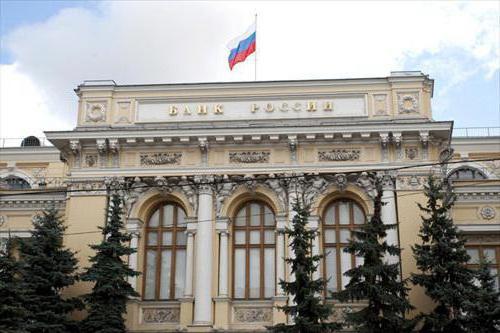
Despite the fact that the Central Bank is very strongly connected with the state, the latter cannot have unlimited influence on the bank and its policy. He has his own property, which is separate from the state. Such independence contributes to more efficient operations. It also makes it possible to maintain currency stability at the proper level.
The objectives of the Bank of Russia and its functions
The Central Bank has a large number of functions, the implementation of which contributes to the achievement of goals. There are three main tasks of the Bank of Russia. Firstly, he is obliged to ensure that the purchasing power of the monetary system within the state is maintained at the proper level. Secondly, the Central Bank should ensure the reliability of the payment system. The third goal of the Bank of Russia is to maintain the liquidity of the entire banking system in the state.
To achieve his goals, he performs a number of functions. The main ones are the following:
- Issue of credit money.
- Control over commercial banks.
- Refinancing of commercial banks.
- Monetary regulation.
- Storage of gold and foreign exchange reserves of the state.
Key Bank Functions
The main function that is needed to achieve all the goals of the Bank of Russia is the monetary regulation of the country's economy. Through this function, the bank has the ability to influence the two main components of the economic policy of the Russian Federation, which are credit and money circulation. Proper influence can achieve stable economic growth, reduce unemployment in the country and reduce inflation.
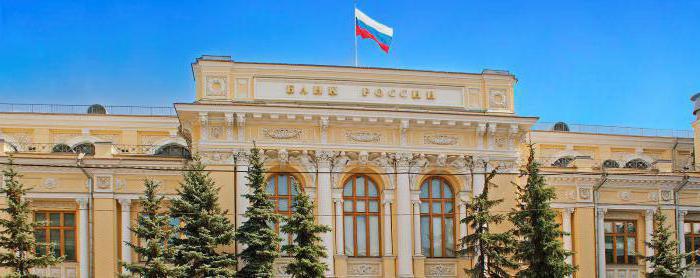
Monetary sector affects the entire state of the country's economy. The effectiveness of regulation of the monetary sphere can only be achieved if the government of the Russian Federation, through the Central Bank, has an impact on operations carried out by commercial banks. This is due to the fact that Bank of Russia banknotes make up only a tenth of the structure of the entire money supply.
Role in the banking system
The key role of the Bank of Russia in the banking system of the state is also confirmed by the fact that it develops and implements the state monetary policy in conjunction with the government of the Russian Federation. The Central Bank also establishes the basic rules for conducting settlement operations in Russia.
A wide range of instruments for regulating the work of credit institutions allows the Bank of Russia to play an important role in ensuring economic growth. This is achieved by changing the key rate and reserve requirements.
Protecting the purchasing power of the ruble
Protecting the national currency is another of the key functions that the Central Bank performs in the course of its activities. Ruble devaluation has a negative effect on the middle class and vulnerable groups. That is why the function of protecting the national currency has become increasingly important in recent years.
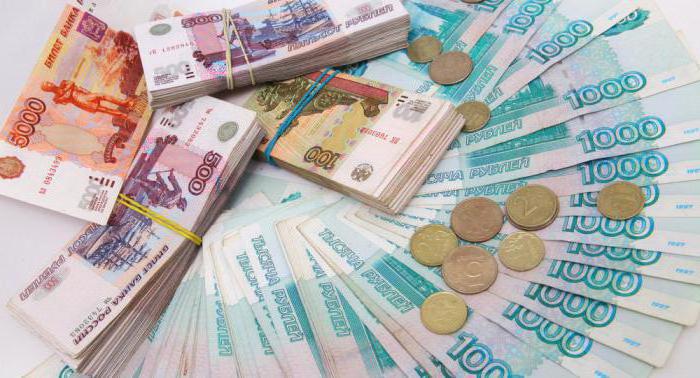
The value of foreign currency, expressed in rubles at the moment in the Russian Federation, is determined based on the ratio of the two main forces in the market, which are supply and demand.
National currency rate
We can conclude that the floating rate mode is in effect. The value of the national currency of the Russian Federation can be influenced by a number of factors. These include the following:
- The rate of economic growth.
- Export and import prices.
- Inflation rate.
- Interest rates that apply on the territory of the Russian Federation and abroad.
The Constitution of the Russian Federation stipulates that one of the main objectives of the monetary policy pursued by the Central Bank is to protect the ruble and ensure its stable state. This does not imply that the national currency rate should be fixed. This means that the ruble must maintain its purchasing power. And this, in turn, is achieved by reducing inflation. In addition, the decrease in inflation should be permanent, and not be a temporary phenomenon.
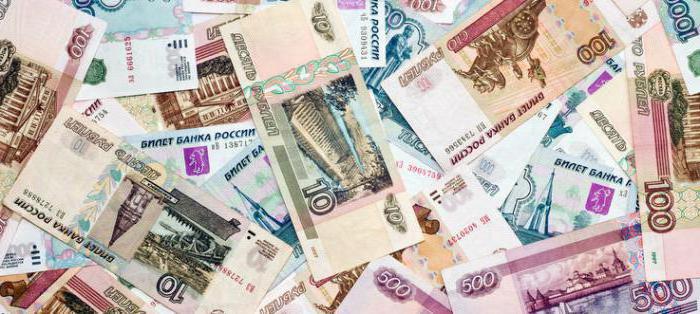
Achieving all these goals leads to increased confidence in the business and the population of the Russian Federation in the national currency, which contributes to the growth of the country's economy. The floating ruble exchange rate enables the Central Bank to ensure price stability. That is why the bank’s function to protect the national currency is very important.
Credit and Deposit Multiplier
In the process of achieving its business objectives, the Bank of Russia has an impact on commercial banks. This influence creates a certain pattern, which is called the credit and deposit multiplier. Its essence lies in the existence of a relationship between the amount of money that commercial banks must keep in the Central Bank as reserves and loans issued by these banks.
If the loans issued by commercial banks are growing, then the volume of reserves is reduced. In the event that the bank does not have the opportunity to provide the necessary reserve for its functioning, it must refuse to issue loans. In a situation where there is an excess of reserves, commercial banks can create deposits and issue loans again.
Management structure
There are three branches of government: judicial, legislative and executive. The Central Bank is also one of the authorities, but it is not part of any of the structures listed above.
In order to carry out effective regulation of the monetary sphere, the bank has the right to issue acts that must be executed by federal authorities and local self-government. Also, these acts are binding on legal entities and individuals who carry out their activities on the territory of the Russian Federation.

The management of the Bank of Russia is represented by the chairman. He is not elected, but appointed by the State Duma of the Russian Federation. His tenure is four years. In addition to the chairman, the management structure of the Bank of Russia includes the board of directors, the National Banking Council, as well as all the heads of the central bank's main departments. The management of the bank is the responsibility of the Board of Directors. It consists of thirteen people.It consists of the chairman of the bank and twelve other members. These twelve people work full time.
Bank Organizational Structure
The bank is dominated by vertical information flows. The centralized system created by the Central Bank of the Russian Federation is a combination of interconnected elements that interact with each other.
The organizational structure of the Bank of Russia consists of twenty-five branches and two departments. The system, in addition to the central office, includes territorial institutions, cash departments, as well as other enterprises and organizations created in order to ensure the efficient operation of the bank. All these elements together serve as the Bank of Russia.

The Department of Research and Information plays one of the most important roles. The essence of his work is to create and maintain a bank policy. The department also studies trends that can be traced in the banking and other industries. He also analyzes and predicts the economic situation. All this is done to ensure that the leadership of the Central Bank of the Russian Federation is aware of the current situation in the state, as well as to identify problems that the bank will have to face in the near future.
Settlement and cash centers
These units create credit, currency and settlement spaces in the Russian Federation. Thanks to cash settlement centers, the state is trying to implement its monetary policy. Centers have many functions. The main ones are the following:
- Cash execution of the budget.
- Securities transactions.
- Serving commercial banks.
- Storage of valuables.
In order to perform the functions that were assigned to cash settlement centers by the government of the Russian Federation, the latter are forced to create accounts and transfer them to commercial banks for use. RCCs conduct an analysis of accounts, which enables them to determine how liquid a particular commercial bank is.

Organization of Bank of Russia activities in relation to credit organizations
If we take into account all the goals of the Bank of Russia, we can conclude that the main task of the bank is to minimize the consequences of the loss of liquidity by credit organizations as much as possible. In order to solve this problem, the bank should minimize the risk of a drop in liquidity, which cannot be controlled.
The supervisory function of the Bank of Russia should be noted. In the course of its activities, the Central Bank cannot interfere in the activities of credit organizations. However, it has all the legal capabilities to carry out inspections of such organizations. For this, both employees of the Central Bank and audit companies may be involved. In addition, this function also manifests itself in the fact that the Bank of Russia exercises control over the extent to which credit organizations comply with banking legislation.
Actions of the Central Bank in case of violation of banking legislation by credit organizations
There are times when commercial banks do not follow current legislation, which leads to damage to the entire banking system. In such cases, the Central Bank may impose penalties on such an organization that require the bank to pay a fine to the state budget in the amount of one percent of the capital that was paid by a commercial bank.
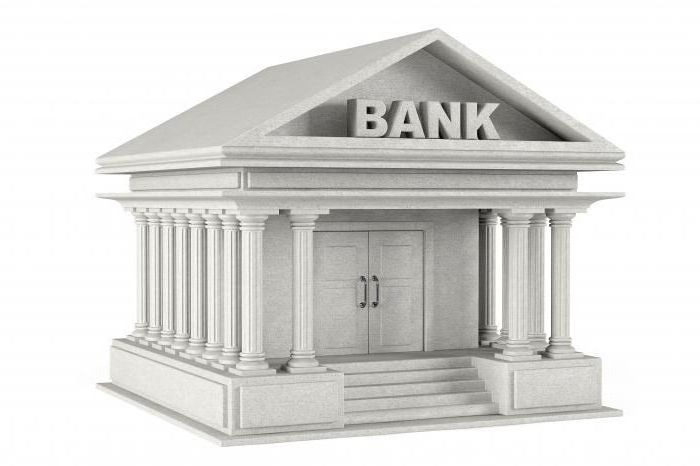 The Central Bank may also appoint representatives to administer a credit institution. The interim administration may manage the “delinquent” bank for eighteen months.
The Central Bank may also appoint representatives to administer a credit institution. The interim administration may manage the “delinquent” bank for eighteen months.
There are other types of sanctions. For example, the Central Bank of Russia may require that another management of a credit institution be appointed.A ban on certain types of operations may also be introduced. A similar restriction may apply throughout the year. In the most difficult situations, the Central Bank may withdraw the license for operations from a credit institution.